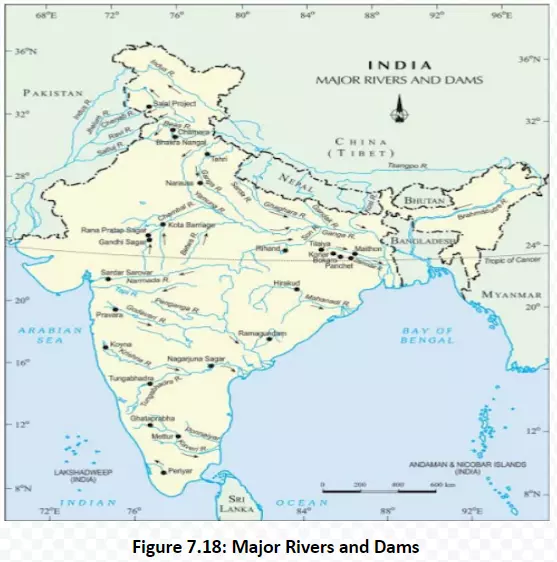![]() 12 Dec 2023
12 Dec 2023
Watershed Conservation: The practice of using water more efficiently and responsibly to ensure its sustainable availability for current and future generations. It is a critical aspect of environmental stewardship, given that water is a finite resource and essential for various human activities, agriculture, industry, and ecosystems.
Roof top rainwater harvesting is the most common practice in Shillong, Meghalaya. Cherapunjee and Mawsynram situated at a distance of 55 km. from Shillong receive the highest rainfall in the world, yet the state capital Shillong faces acute shortage of water. Nearly 15-25% of the total water requirement of the household comes from roof top water harvesting.
Bamboo Drip Irrigation System: In Meghalaya, a 200-year-old system of tapping stream and spring wate by using bamboo pipes, is prevalent. About 18-20 litres of water enters the bamboo pipe system, gets transported over hundreds of metres, and finally reduces to 20-80 drops per minute ate the site of the plant.
Bamboo Drip Irrigation System: In Meghalaya, a 200-year-old system of tapping stream and spring wate by using bamboo pipes, is prevalent. About 18-20 litres of water enters the bamboo pipe system, gets transported over hundreds of metres, and finally reduces to 20-80 drops per minute ate the site of the plant.
Source: Dying Wisdom, CSE, 1997.

Narmada Bachao Andolan or Save Narmada Movement is a Non Governmental Organisation (NGO) that mobilised tribal people, farmers, environmentalists and human rights activists against the Sardar Sarovar Dam being built across the Narmada river in Gujarat. It originally focused on the environmental issues related to trees that would be submerged under the dam water. Recently it has re-focused the aim to enable poor citizens, especially the oustees (displaced people) to get full rehabilitation facilities from the government.
The Krishna-Godavari dispute is due to the objections raised by Karnataka and Andhra Pradesh governments. It is regarding the diversion of more water at Koyna by the Maharashtra government for a multipurpose project. This would reduce downstream flow in their states with adverse consequences for agriculture and industry.
Addressing the complexities of multi-purpose projects requires a nuanced approach centered on the watershed. Recognizing the impact on aquatic habitats, social movements, and unintended consequences, watershed management emerges as a vital strategy for sustainable water practices and environmental stewardship.
Also Read: Non-Conventional Energy: Exploring Energy Sources & Power of Nature
<div class="new-fform">
</div>